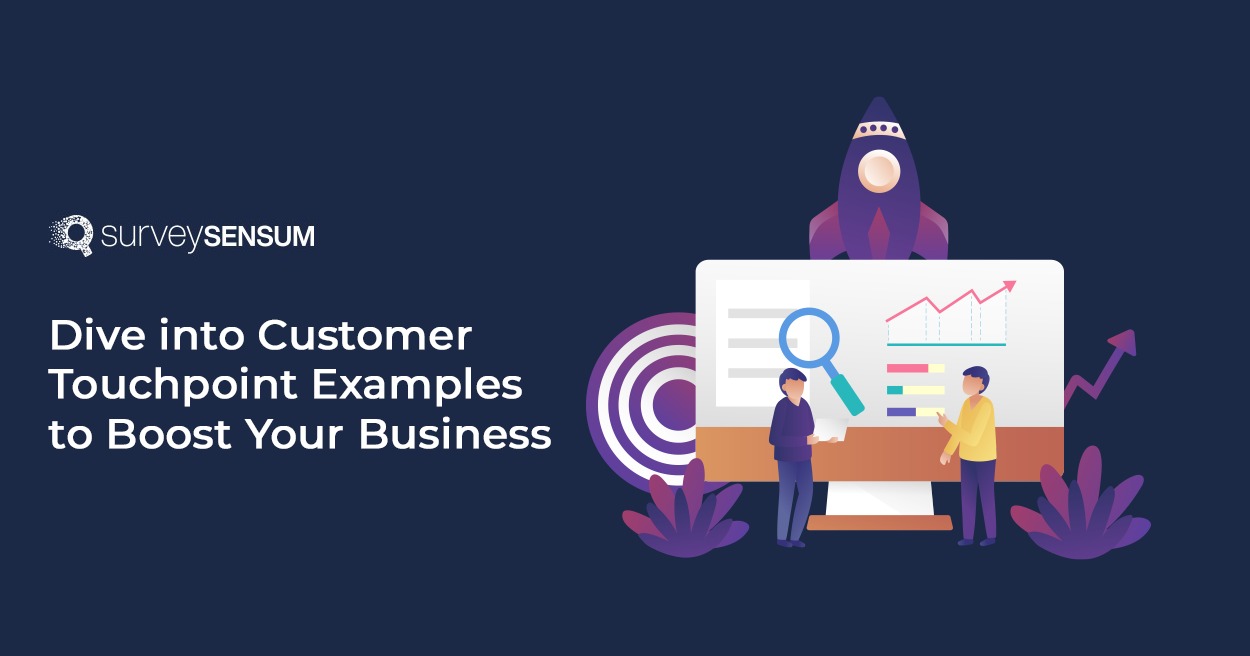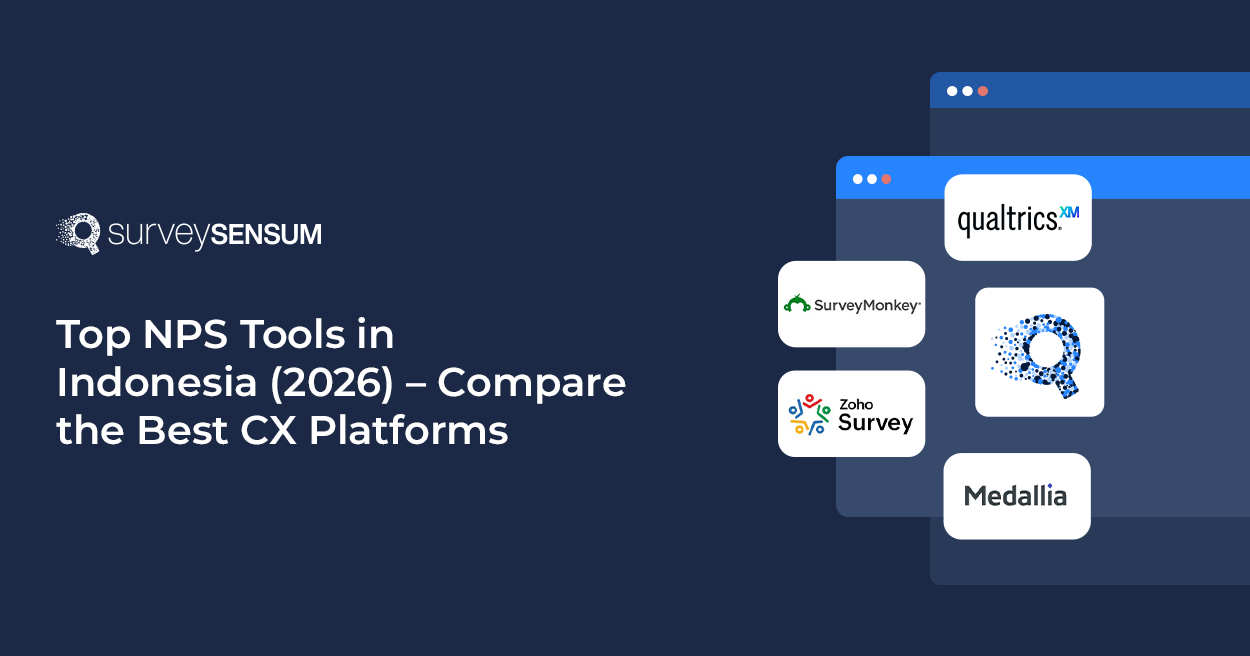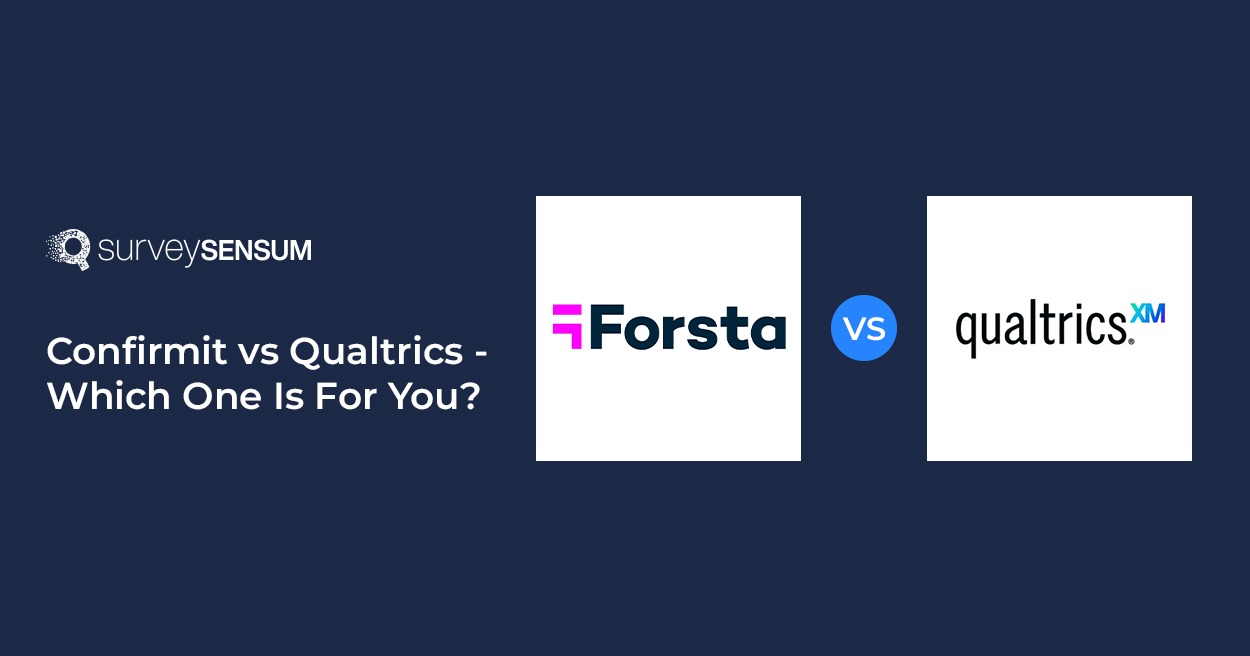

Recently, Mike was looking for brand-new Nike shoes so he visited their website. When he found the perfect pair, he added them to his cart. However, he got distracted and left the website without completing the purchase.
After some time, he received a personalized email reminding him about the shoes he left in the cart, encouraging him to complete the purchase.
This is one of the customer touchpoint examples where the brand engaged with Mike to remind and or understand why he abandoned the cart. This interaction at this touchpoint in Mike’s customer journey prompted him to become a customer from just a mere visitor.
These touchpoints play an important role in the customer journey as they happen at various stages, from initial awareness to post-purchase support. They provide many opportunities for businesses to engage with their customers or visitors to establish meaningful and ongoing communication. By understanding and optimizing these touchpoints, you can enhance the customer experience, build loyalty, and increase conversions.
Now let’s dive straight into understanding customer touchpoint, and its importance along with examples and how they elevate your business.
What are Customer Touchpoints?

Customer touchpoints are the interactions between you and your customer before, during, and after purchasing. These interactions include various stages – from visiting your website, reading your website’s blogs, getting newsletters, seeing ads on social media, talking to an AI chatbot or customer service agent, and much more.
To make the most of these touchpoints, start by understanding how your customers interact with your brand. Look at their actions, preferences, and feedback. Then, customize your services to address their specific needs, whether they are making a purchase, renewing a service, or seeking support. After that, you can create a customer journey map to visualize their experiences and identify opportunities for improvement. This approach helps you personalize interactions, enhance satisfaction, and build loyalty. By delivering a seamless experience at every touchpoint, you make a positive and lasting impact on your customers.
Let’s dive deeper to understand why customer touchpoints are important.
Importance of Customer Touchpoints
Customer touchpoints are important because they help you to:
- Offer Valuable Customer Insights: By using these valuable insights, you can enhance your products and services to better meet customer expectations.
- Create Strong Customer Relationships: Each touchpoint lets you have positive interactions with your customers to understand their needs and help them meet their needs and expectations, making them feel valuable.
- Increase Customer Loyalty: When customers have good experiences at every stage, they are more likely to stay loyal to your brand as consistent positive interactions build genuine trust.
- Enhance Customer Experience: By optimizing each customer touchpoint based on their past interactions and behavior, you can create a smoother and more personalized journey. This leads to increased customer satisfaction and retention.
- Boost Your Business Sales: By delivering great customer experience at each touchpoint you can drive business as you have a 60-70% probability of selling your products and services.
Now that you know the importance of customer touchpoints, let’s look at the customer touchpoint examples here.
Customer Touchpoint Examples
Here are 3 types of customer touchpoints that you can ace to drive your business:
1. Customer Touchpoint Examples Before Purchase
Customer touchpoints before purchase are interactions that happen before a customer decides to buy your product or service. These touchpoints help attract potential customers and guide them toward making a purchase.
| Customer Touchpoint Examples Before Purchase | Description |
| Website | The first point of contact is where customers learn about your brand and offerings. |
| Social Media | Platforms where you engage with customers and share updates. |
| Online Ads | Advertisements that drive traffic to your website. |
| Content Marketing | Blogs, videos, and other content that provide value and attract potential customers. |
| Email Campaigns | Promotional emails sent to potential customers to nurture leads. |
| Rating and Reviews | Customer feedback and ratings are provided on various platforms. |
| Testimonials | Personal endorsements and success stories from satisfied customers. |
| Word of Mouth | Recommendations from friends, family, or colleagues. |
| Marketing / PR | Public relations efforts and media coverage. |
For example, if a customer visits your website looking for a new phone, your website must show detailed product descriptions, reviews, and clear calls to action like “Add to Cart” or “Purchase.”
Ensuring your website has relevant details, is user-friendly, and mobile-responsive lets potential customers easily find what they’re looking for. This makes a positive first impression, increasing the likelihood of them making a purchase.
2. Customer Touchpoints Examples During Purchase
Customer touchpoints during purchase occur when a customer is in the process of buying your product or service. These interactions influence their decision-making and overall purchase experience leading to completing the purchase.
| Customer Touchpoint Examples During Purchase | Description |
| Product Pages | Detailed pages showing product information, images, and pricing. |
| Shopping Cart | The section where customers review their selected items before checkout. |
| Checkout Process | Steps to complete a purchase, including payment and shipping information. |
| Live Chat Support | Real-time assistance is provided to help customers during their purchase. |
| Promotions and Discounts | Special offers are applied at checkout to encourage purchases. |
| Store | Physical locations where customers can interact with products and staff. |
| Catalog | Printed or digital catalogs showcasing products. |
| Staff or Sales Team | Employees who assist customers during their purchase journey. |
| Phone System | Customer service is provided via phone. |
| Point of Sale (POS) | The final step in the purchase process is where the transaction occurs. |
For example, if a customer adds items to their cart but doesn’t complete the purchase, a well-designed exit-intent pop-up reminds them of their selections and makes it easy for them to purchase.
You can send them an email or a pop-up notification reminding them to complete the purchase. Also, you must ensure your shopping cart is easy to navigate and includes features like saving items for later or applying discount codes to reduce friction. This easiness enables them to complete their purchase, enhancing their overall experience.
3. Customer Touchpoints Examples After Purchase
Customer touchpoints after purchase are interactions that occur after a customer has completed their purchase. These touchpoints help maintain a genuine relationship and encourage future business. Also, this plays a crucial role in customer retention, ensuring that customers remain satisfied and continue to engage with your brand.
| Customer Touchpoint Examples After Purchase | Description |
| Order Confirmation Email | A message confirming the purchase and providing order details. |
| Customer Support | Assistance is available for post-purchase issues or questions. |
| Follow-Up Surveys | Requests for feedback on the customer’s purchase experience. |
| Loyalty Programs | Programs offering rewards or incentives for repeat purchases. |
| Product Updates | Information about new features or related products. |
| Billing | Invoices and payment notifications are sent to customers. |
| Transactional Emails | Emails related to the transaction, such as shipping updates and delivery confirmations. |
| Marketing Emails | Promotional emails sent to existing customers. |
| Service and Support Teams | Ongoing assistance is provided by customer service representatives. |
| Online Help Center | A resource center with FAQs, guides, and troubleshooting tips. |
| Thank You Cards | Personalized notes expressing gratitude for the customer’s purchase. |
For example, if a customer receives an order confirmation email after purchasing a new laptop, the email should include details about their purchase, estimated delivery date, and a tracking link. This is how you can help customers feel confident that their order was successful and set the tone for future interactions, contributing to a positive overall experience.
These are the 3 types of customer touchpoints that you can optimize to increase customer lifetime value, and satisfaction, and drive repeat business.
Is managing and acting on feedback from multiple touchpoints becoming an overwhelming task? Try using SurveySensum to streamline feedback collection and enable you to make data-driven improvements in customer interactions
How to Identify Customer Touchpoints?
Identifying customer touchpoints helps you understand where and how customers interact with your brand. Here are the following key moments:
- Map the Customer Journey: Start by mapping out the entire customer journey, from initial awareness to post-purchase. This visual representation helps you see all potential touchpoints where customers engage with your brand.
- Analyze Customer Interactions: Examine interactions across various channels, such as your website, social media, email, and physical stores. This analysis reveals where customers are interacting with your brand.
- Gather Customer Feedback: Use surveys, interviews, and feedback forms to gather insights from customers about their experiences at different touchpoints. Their input highlights important moments in their journey.
- Monitor Customer Behavior: Leverage analytics tools to track customer behavior, such as website visits, purchase patterns, and service interactions. This data identifies key touchpoints based on actual customer actions.
- Review Customer Service Logs: Analyze customer service logs and support tickets to find common touchpoints where customers seek help or express concerns. These logs can pinpoint critical moments of interaction.
By following these strategies, you can effectively identify and evaluate customer touchpoints, allowing you to enhance customer interactions.
Enhance the Customer Journey with Touchpoint Surveys Using SurveySensum
Touchpoint surveys are essential for improving the customer journey. These surveys offer you insights into how customers interact with your brand at various stages. Here’s how you can leverage each touchpoint with SurveySensum to easily create, gather, and analyze customer feedback effectively:
1. Website Feedback Survey

After a customer has explored your website, you can pop up a website feedback survey asking:
- How easy was it to find the information you were looking for on our website?
- Were there any difficulties you encountered while navigating our site?
By launching this survey you can evaluate the usability of your website and identify improvement areas customers face before making a purchase.
2. Checkout Experience Survey

When a customer completes the purchase then you must send a CSAT survey asking:
- How satisfied are you with the checkout process?
- Did you experience any issues or challenges during checkout?
This survey focuses on the customer’s experience during the purchase, helping you identify and address any problems with the checkout process.
3. Customer Service Survey

After a customer interacts with your support team, send a survey asking:
- How would you rate your experience with our customer support?
- Did our support team resolve your issue to your satisfaction?
This survey assesses the effectiveness and efficiency of your customer service team, allowing you to make improvements based on customer feedback.
4. Product Usage Survey

After a customer has used your product for some time, send a survey asking:
- How satisfied are you with the features of our product?
- Are there any features you feel are missing or could be improved?
This survey gathers feedback on product performance and identifies areas for enhancement based on your user experiences.
Conclusion
Effectively managing each customer touchpoint throughout the buyer’s journey is key to building strong connections and enhancing customer loyalty. By optimizing these customer touchpoints, you can create a seamless and satisfying experience that distinguishes your brand from the competition.
A comprehensive customer experience tool like SurveySensum can simplify this process. With its AI-driven text analytics, omnichannel support, and detailed customer insights, SurveySensum helps you identify and refine critical customer touchpoints. This ensures a positive experience at every stage, ultimately driving customer satisfaction and fostering lasting loyalty.

















